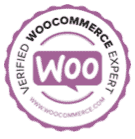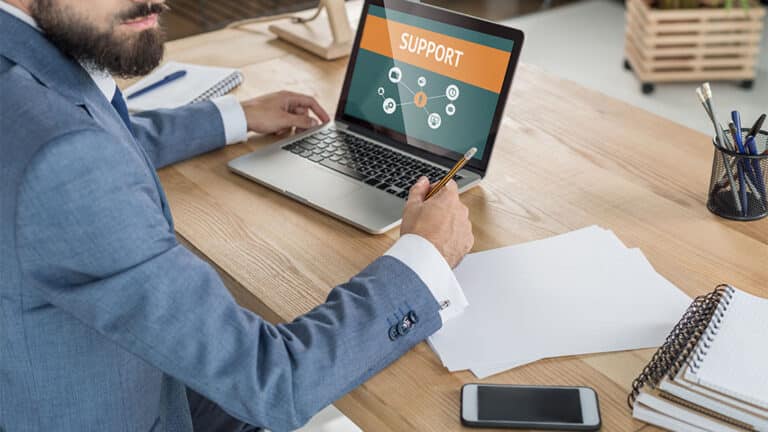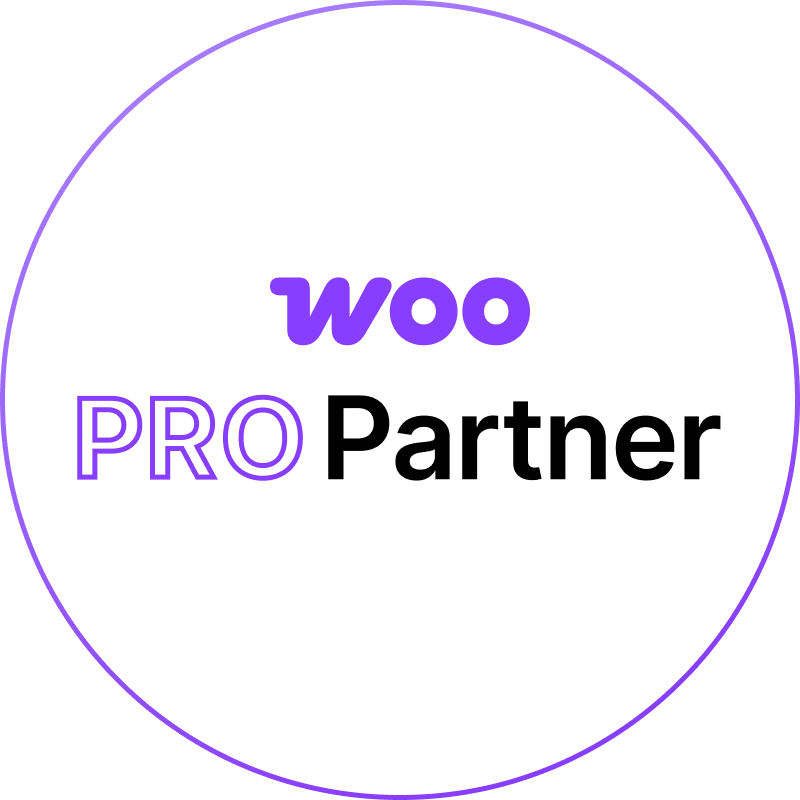WooCommerce Maintenance Tips to Refine Your Ecommerce Store
WooCommerce is one of the best e-commerce platforms available, and it’s largely due to the fact that the team at WooThemes is effective at keeping the plugin functional with timely updates and technical adjustments. The flip side to that is that you’ll have to be up-to-date with what’s going on with the platform. Maintenance will be needed to ensure that your store stays afloat with very little downtime. Maintenance is minimal when compared to some other platforms, but it’s still absolutely crucial. Today, we’ll discuss some WooCommerce Maintenance Tips so you can keep your WooCommerce store up to date.
- Update the Plugin
One of the most basic WooCommerce maintenance tips I can provide is to update it consistently. Updates are released for a reason; sometimes they are minor, and other times they can be major overhauls to the security or functionality of the plugin. Here are a few reasons why you must update WooCommerce consistently:
WordPress itself is often the target of malicious hacking attempts. Updates from WordPress and WooCommerce are often issued in response to serious security threats. Ignoring these updates will leave your site perilously unprotected.
WooCommerce will often improve the functionality of the plugin with updates. WooThemes has a reputable track record of improving the plugin, so when you update, you will be receiving a more effective tool.
- A Backup Is One of Your Best Security Measures
If you’re on the road driving your car and you get in a major crash, but you don’t have health insurance to cover it, it’d be an understatement to say that you will be in a pretty bad situation.
Well, the same goes for your website. Your backup is your insurance, of sorts. It’s safe to assume that you have a great deal of information on your site, like customer and order details, product catalogs, and more. If your site goes down, you won’t be able to get any of that back. Your business essentially goes down the drain. If you want a dependable backup solution, use BackupBuddy.
- Keep Your Product Inventory Updated
Updating your inventory is one of the most necessary WooCommerce maintenance tips. Imagine walking by a physical store, and you see certain products in the window, but you realize those products are no longer for sale once you enter inside the store. It’s the same concept with your online product inventory. If it’s not up-to-date, you’re setting customers up for disappointment and frustration. Here are some things to keep in mind:
- Keep your product description accurate
- Ensure the product photos match the actual product
- Update stock information
- Be clear on pricing
- When products are unavailable, delete them or state that the product is out of stock
Set up a Staging Site
I made an earlier point about consistently updating your site. While this is absolutely necessary, it can also be a bit risky if you already have a full-fledged site with various plugins and tools in the backend. A major update may not be able to properly coexist with your current backend setup, which can cause your site to function poorly.
This is one reason that’s it’s absolutely recommended to host a separate staging site to test the many elements of your WooCommerce store.
A staging site will be a duplicate of your live site. You will copy all of your pages on your live site. In fact, it’s a better idea to start off designing on the staging site and move it to the real site once it’s finished.
The common way to set up a staging site is to use a subdomain on your primary domain. For example:
test.ecommercestore.com
You may be wondering how you’re going to transfer changes between the two sites. You can do it manually– as in, make a change on one site and duplicate that to the other. But, in reality, that’s not the most efficient way to do things. A faster option would be to use the BackupBuddy Deployment option. In essence, you make changes on one site and you can restore those changes to the other site. Here’s a tutorial that will show you how to do it.
- Maintain Constant Uptime
The beauty of e-commerce is that your store can be online 24/7. There are no hiatuses, no vacations, and that can yield more revenue for your business. If your site is down, you don’t receive that benefit, and you can definitely lose customers because of it.
There are times when your server can be down, and you won’t be aware of it.
Because you cannot manually check your site’s uptime 24/7, you will need to use a monitoring tool. The Jetpack plugin has a Monitor tool that will check your site every five minutes. If downtime is detected, the plugin will send you an email with the details.
Conclusion
Thorough maintenance puts your e-commerce operation in a position to succeed. Following the tips in this post will enable you to keep your store functionally healthy.
Are you ready to discuss your next web project with the leader in website development and digital marketing? If so, contact Zen Agency today! We are a group of WordPress and WooCommerce experts.


















